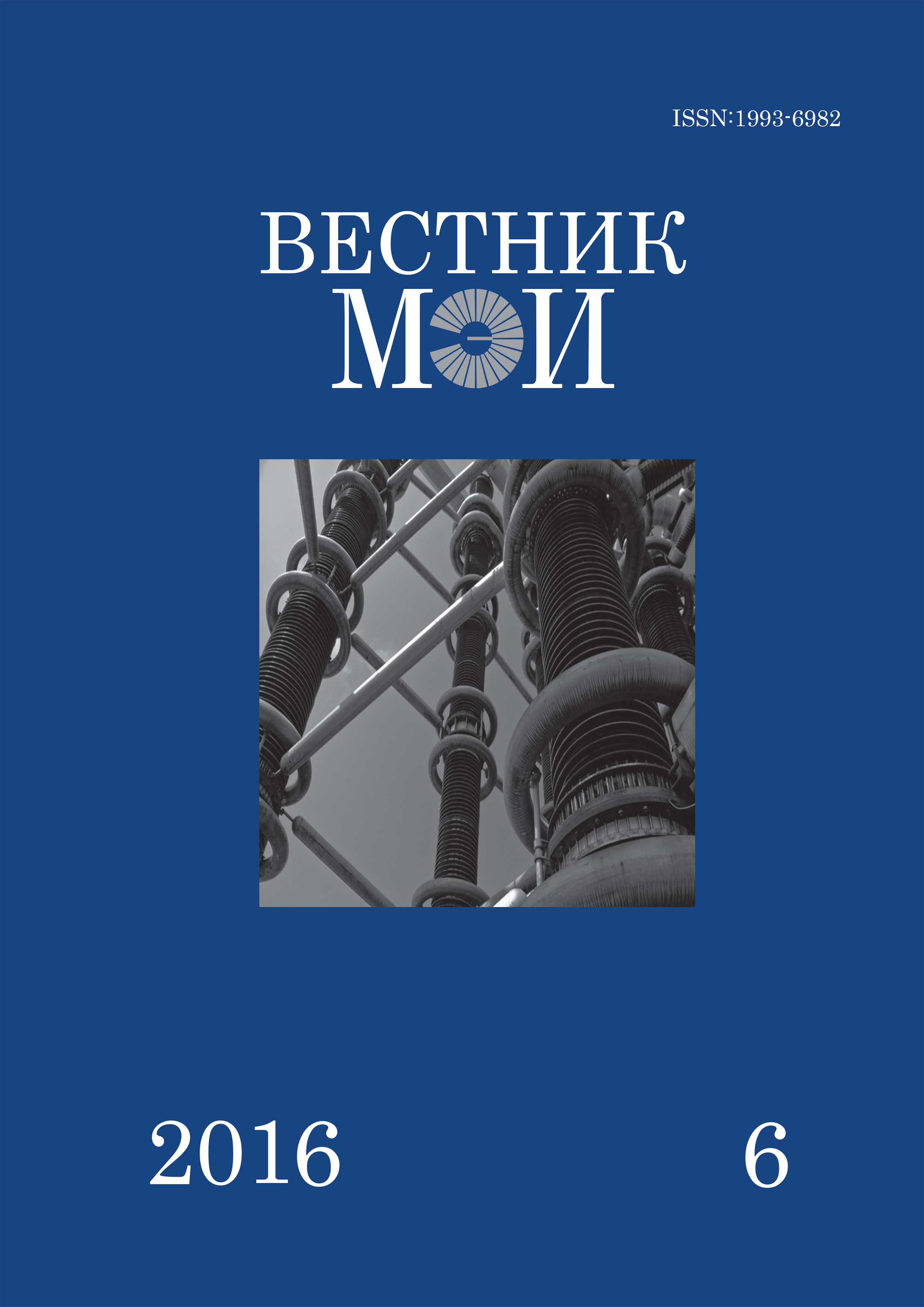Анализ экспериментов по термическому взаимодействию кориума с водой в условиях тяжелой аварии на АЭС с ВВЭР/PWR
Аннотация
Основная цель экспериментальной программы FARO — получение данных о механизмах термического взаимодействия большой массы высокотемпературного кориума с водой, моделируя тем самым внутрикорпусную стадию тяжелой аварии на АЭС с ВВЭР/PWR. Работа посвящена валидации модели термического взаимодействия кода СОКРАТ/VAPEX-M. Приведена система уравнений модели, включая уравнения для динамики струи кориума с соответствующими замыкающими соотношениями для описания энергетического и силового взаимодействия струи кориума с пароводяной средой. Особое внимание уделено моделям фрагментации кориума, включая модель фрагментации исходной струи кориума, и, так называемую, модель вторичной фрагментации образовавшихся фрагментов. Выполнено численное моделирование экспериментов FARO L-14, L-19 по термическому взаимодействию кориума с водой с помощью кода СОКРАТ/VAPEX-M. Особенность экспериментов заключалась в том, что они были выполнены при высоком начальном давлении около 5 Мпа, а различие состояло в начальном уровне воды в сосуде. Таким образом, было исследовано влияние начального уровня воды на процесс термического взаимодействия. Полученные с помощью кода СОКРАТ/VAPEX-M расчетные временные зависимости по давлению в сосуде, скорости охлаждения кориума и распределению образующихся фрагментов, дали хорошее согласие с экспериментальными данными. Показано качественное и количественное согласие расчетных и опытных данных, свидетельствующее об адекватности теплофизических и гидродинамических моделей, заложенных в расчетный код СОКРАТ/VAPEX-M.
Литература
2. Мелихов В.И. и др. Моделирование взаимодействия высокотемпературного расплава материалов активной зоны реактора с теплоносителем // Известия РАН. Сер. «Энергетика». 2007. № 6. С. 11—28.
3. Melikhov V.I., Melikhov O.I., Yakush S.E., Rtishchev N.A. Validation of Fuel-Coolant Interaction Model for Severe Accident Simulations // Sci. and Tech. of Nuclear Installations. 2011. DOI:10.1155/2011/560157.
4. Kolev N.I. Film Boiling in Vertical Plates and Spheres // Experimental Thermal and Fluid Sci. 1998. V. 18. P. 97—115.
5. Saïto M., Sato K., Imahori S. Experimental studies on penetration behaviours of water jet into freon-11 and liquid nitrogen // Nat. Heat transfer Conf. Houston (USA), 1988. P. 173.
6. Pilch M., Erdman C. Use of Break-Up Time Data and Velocity History Data to Predict the Maximum Size of Stable Fragments for Acceleration-Induced Break-up of a Liquid drop // Int. J. Multiphase Flow. 1987. V. 13. P. 741—757.
7. Мелихов О.И., Мелихов В.И., Ртищев Н.А., Тарасов А.Е. Численное моделирование процесса выделения водорода при взаимодействии расплава циркония с водой // Теплофизика высоких температур. 2016.Т. 54. № 4. С. 553—562.
8. Benuzzi A., Magallon D. FARO-LWR Programme L-14 Test Quick-Look Report. Techn. Note № I.94.171. Institute for Energy and Transport, 1994.
9. Benuzzi A., Magallon D. FARO-LWR Programme L-19 Test Quick-Look Report. Tech. Note № I.96.27. Institute for Energy and Transport, 1996.




